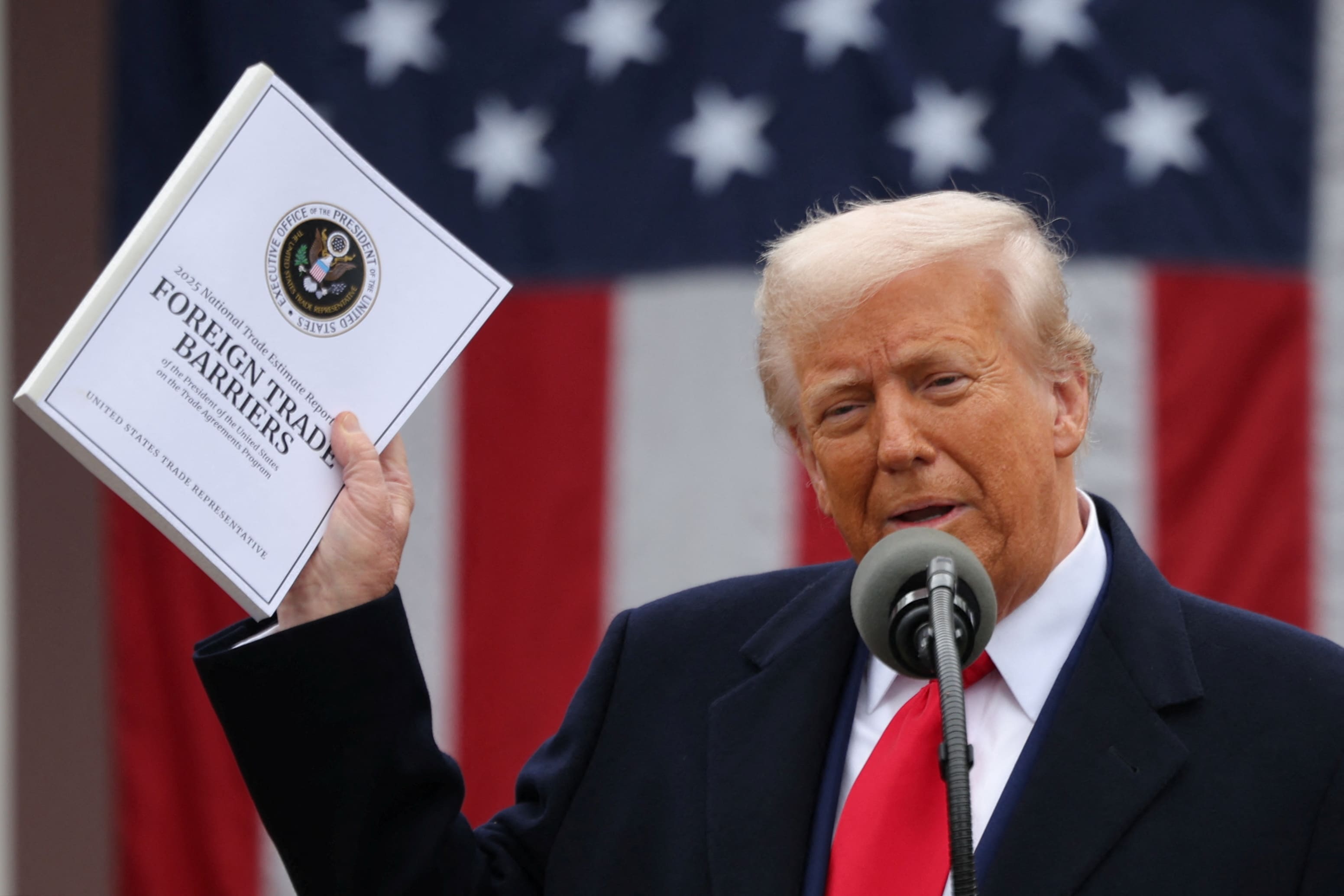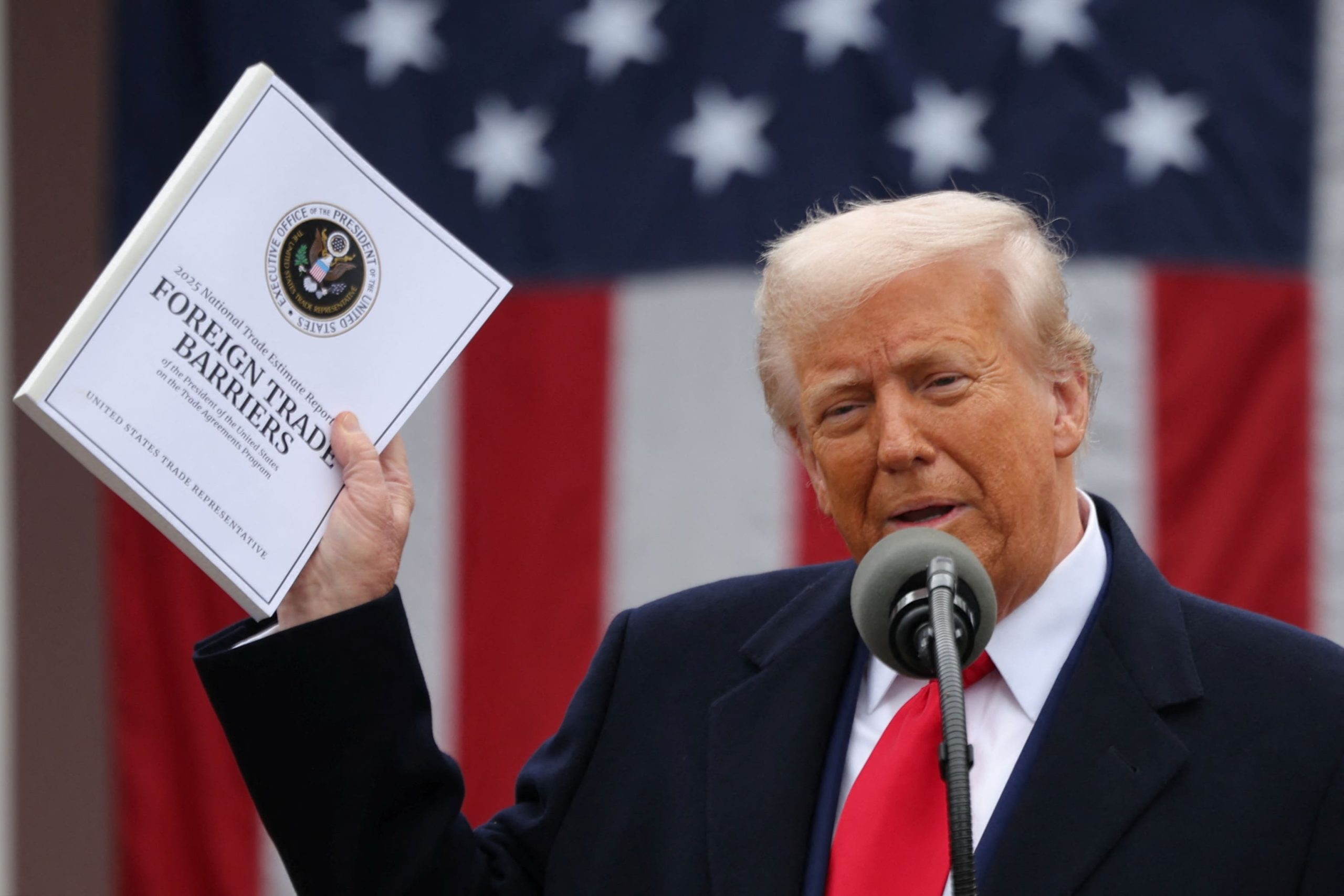
The use of tariffs as a strategic instrument in U.S. trade policy under the Trump administration has ignited a legal confrontation that challenges the very boundaries of presidential power. Central to this debate is a recent landmark federal court ruling that decisively limits the president’s authority to unilaterally impose sweeping tariffs. This judicial intervention signals a pivotal juncture in the ongoing saga of U.S. trade relations, raising profound questions about the interplay between executive actions, legislative oversight, and the broader implications for international commerce.
Judicial Pushback on Executive Tariff Authority
In a significant decision delivered by the U.S. Court of International Trade in late May, the judiciary pronounced that President Donald Trump exceeded his legal authority under the International Emergency Economic Powers Act (IEEPA) when imposing broad tariffs. The case specifically scrutinized tariffs announced on April 2, which levied a baseline 10% tariff on imports from most countries, with certain nations—most notably China and Mexico—subject to elevated 25% tariffs. The three-judge panel ruled these actions unlawful, issuing an injunction to suspend the tariffs immediately. This not only invalidated the so-called “reciprocal tariffs” but also halted other levies such as the “Liberation Day” tariffs that were imposed without explicit congressional approval.
This ruling represents a clear judicial assertion of limits on executive overreach, emphasizing that broad emergency powers cannot be used to bypass the legislative branch’s role in trade policymaking. By stopping the administration’s sweeping tariff impositions, the court underscores the importance of checks and balances in governing economic crises and disputes, positioning itself as a crucial referee in balancing national security claims against statutory authority.
Economic and Political Shockwaves
The court’s decision reverberated immediately through financial markets and business communities. Investors welcomed the ruling as a relief, fearing that unchecked tariffs could severely disrupt global supply chains and inflate costs for American consumers and companies alike. Financial analysts, including those at Goldman Sachs, noted that while the ruling constituted a setback for the administration’s protectionist agenda, the possibility remains that alternative legal strategies or political maneuvers could allow the tariffs’ goals to persist.
Business sectors apprehensive about a full-blown trade war saw the court’s intervention as a guardrail preventing further escalation. Tariffs that hike import costs might provoke retaliatory measures from trading partners, harming complex international partnerships integrated into the global economy. This judicial reprieve, therefore, not only stabilized market sentiment but also signaled to the administration the need for more collaborative approaches in trade negotiations.
Ongoing Legal Contests and Broader Governance Implications
The legal battle, however, is far from resolved. In response, the Trump administration swiftly announced plans to challenge the ruling through appeals, including a likely path to the U.S. Supreme Court. Such an appeal could prompt the highest court to issue a stay, allowing tariffs to remain in effect while litigation continues. This aggressive posture reflects the administration’s resolve to preserve its unilateral tariff tools as leverage in trade talks and illustrates a broader struggle over who wields ultimate authority in setting trade policy.
At its core, this case shines a spotlight on the conflict between executive power and legislative prerogative in U.S. governance. The administration’s reliance on IEEPA to claim emergency powers for imposing tariffs bypassed the usual congressional trade authorization process, raising alarms about unchecked unilateralism. Critics argue that shielding such actions under a broad national security umbrella risks undermining democratic oversight and destabilizing predictable economic regulations. The judiciary’s willingness to curb this executive overreach reaffirms the fundamental principle that trade legislation and policy must remain subject to established legal frameworks and institutional checks.
International and Future Perspectives
Beyond American soil, this dispute has global ramifications. Key U.S. trading partners such as Canada, Mexico, and the European Union have closely monitored developments, viewing the court’s injunction as both a relief and a source of uncertainty. While the immediate suspension of tariffs alleviates tensions, it also leaves open questions about the administration’s future trade stance once litigation concludes.
The potential involvement of the Supreme Court offers a defining moment in clarifying the extent of presidential authority in economic emergencies. An affirmation of the lower court’s ruling would reinforce congressional supremacy over trade decisions, reinforcing procedural safeguards and limiting emergency economic powers. Conversely, a reversal might expand executive discretion, potentially enabling more aggressive unilateral trade actions without legislative consent. Until this judicial question is settled, legal ambiguity and political uncertainty are poised to shape not only U.S. trade dynamics but also international economic relations.
The recent federal court ruling to block key tariffs imposed by President Trump serves as a significant judicial check on executive power in trade policy. It highlights the tension between emergency economic authority and legislative oversight, while simultaneously affecting market behavior and international diplomatic calculations. As the administration pursues appeals, the ultimate resolution of this case will deeply influence how the United States balances national security, economic strategy, and democratic governance in its trade policy for years to come.

